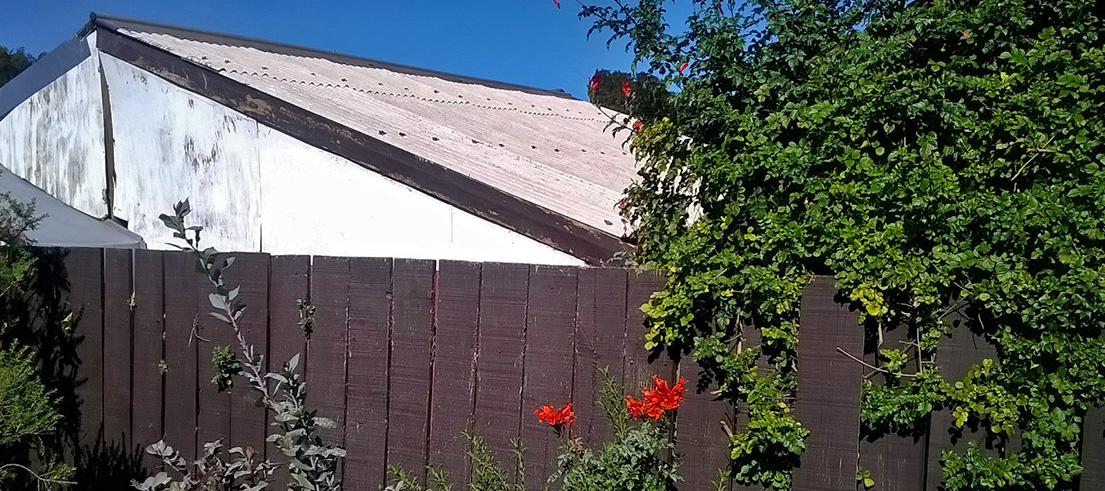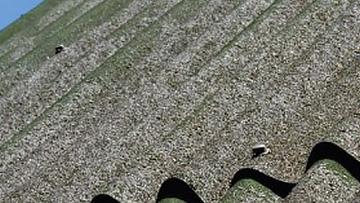
Water blasting contaminates homes with asbestos and lead
If you are planning work on your home this autumn, consider a professional assessment for the presence of asbestos or lead.
There have been two recent cases where people have water blasted their roofs and cladding which released asbestos fibres or lead flakes into the air, contaminating soil and waterways.
Regional Leader Compliance Delivery, James Tricker, notes the owners had to spend tens of thousands of dollars in clean-up to make their homes safe again," he says.
"The high pressure can cause the asbestos-containing material (ACM) to break up into airborne fibres, or lead-based paint to flake. This disturbance can have significant environmental impacts for your property, neighbourhood, and for your family’s health."
The impacts of asbestos and lead
Both asbestos and lead are known to be serious health hazards for humans, and harmful to our environment.
"Water blasting is one of the worst ways to create exposure risks by releasing the fibres from the products and damaging lead-based paint," says Tricker.
When asbestos is disturbed, fibres are released into the air which can get deep into our lungs and cause respiratory illness.
If lead-based paint flakes or chips, accidentally swallowing or inhaling large quantities can result in lead poisoning.
Get a professional to check for asbestos or lead
Tricker says that spending a little bit of money to get a professional to check whether or not you have asbestos-containing materials or lead-based paint on your property is worth it.
"You’re talking spending roughly $100 for a few tests versus potentially tens of thousands to clean it up properly to make your home and neighbourhood safe."
"Keep your family and your property safe by having a professional evaluation done before you start any water blasting projects."
Who to contact
- WorkSafe New Zealand provides resources for safely identifying, working with, and disposing of asbestos. It also covers licensing and information for homeowners and landlords.
- Te Mana Ora - Community & Public Health provides advice on the effective management of hazardous substances.
- Anyone concerned about potential asbestos or lead exposure should phone their GP for health advice.
- Business owners or contractors are responsible for investigating building materials before they begin a job. Find out more about how asbestos is dealt with including the responsibilities for businesses.
Asbestos and lead use in New Zealand
Asbestos is a building material that was popular in New Zealand between 1940 and 1990, and occasionally found in homes built as recently as the early 2000s.
Asbestos-containing building materials can include cement products (pipes, flues, roofs), wall cladding, water tanks, lagging, plasters, vinyl floors and textured decorative coatings. To have your home checked for asbestos, find a WorkSafe licensed assessor or removalist in your area.
If your home was built in the 1980s or earlier, it is also best to presume that it has been painted with lead-based paint. If you’re unsure about the paint in your home, contact the health protection officer at your local public health service.
Generally, if products containing asbestos or lead remain undisturbed and in good condition, any health or environmental risks are considered to be low.


